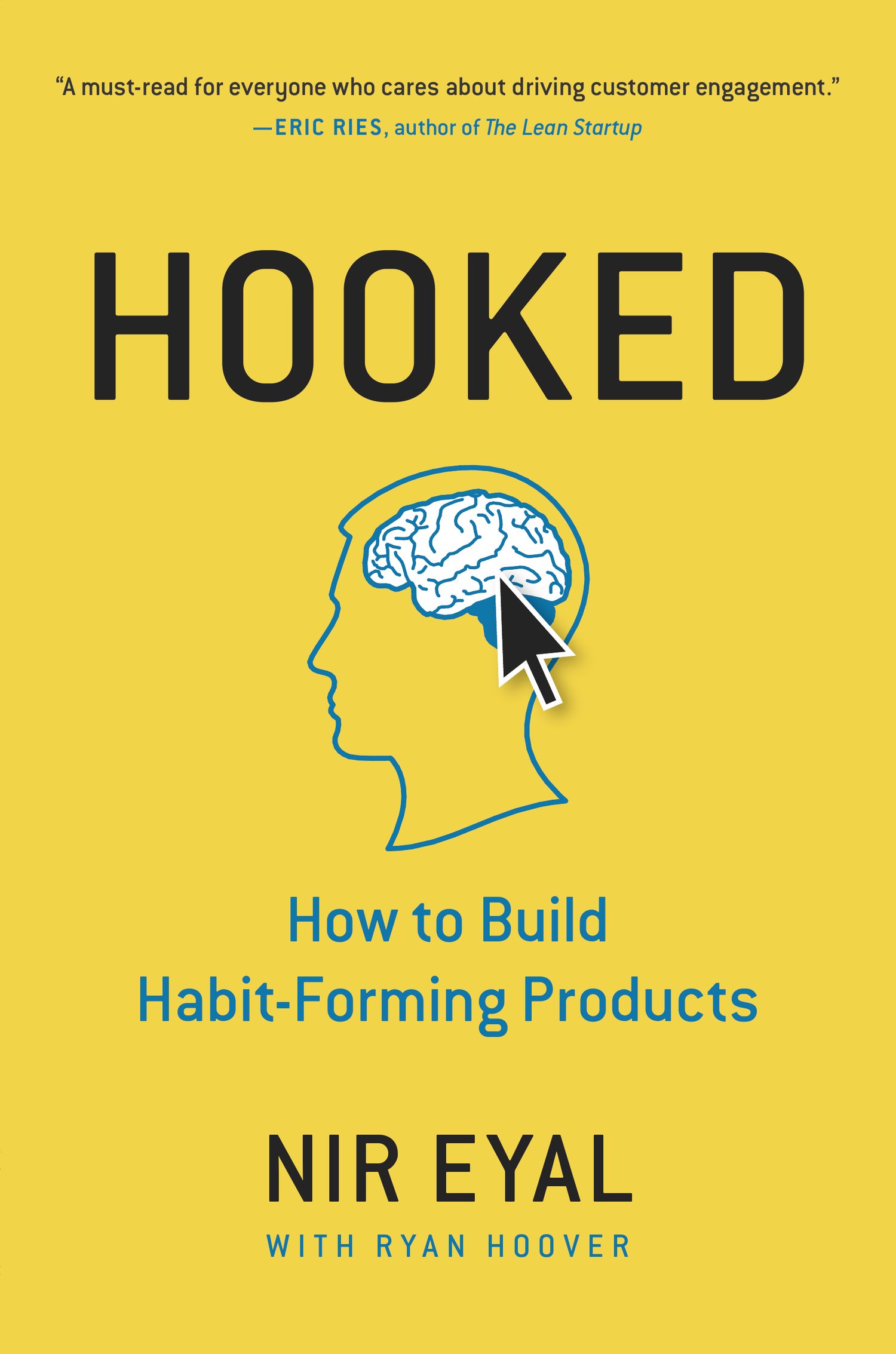Every entrepreneur, online marketer, or small business owner has to experience reality: email marketing’s characteristics have greatly changed, considering the climb involving smartphones and cell phones. The truth is both smartphones and now tablets have significantly changed the way we read, understand, and react to the many emails received 24 hours a day.
To begin with, the earliest limitation involving email marketing (the computer, as well as the undeniable fact that your reader will be sitting in front of it) has changed forever. People will no longer read their email messages by resting at their desks.
People read their emails everywhere and at any time!
Just consider how much push notifications have changed the way we approach information. It’s no longer you looking for the information – it’s the information looking for you. Also, emails follow us to our beds, on the bus, on the train, while walking, and, unfortunately, for some people, even while driving.
Marketers should learn how to use this in their favor by scheduling campaigns by asking themselves: now that people can read this anytime, anyplace, will people prefer reading about this at 10 pm or 8 am?
Secondly, it’s now more important to consider the screen size. It’s not the desktop or laptop screen anymore. It’s a tiny 4.5 x 2.3-inch screen. This, of course, has consequences for your email campaigns as well.
Once upon a time, you could launch mass email campaigns assuming that a significant portion of the emails would find their way to a desktop computer. To better understand the challenges you now face, let’s carefully consider the perspective of the smartphone user.
Enter Pete, your typical smartphone user. Pete is a thirty-something male who purchased an iPhone last October. He uses it frequently to change his Facebook status, upload vacation pictures, tweet witty opinions, check the weather, browse YouTube videos, text his friends, and check his email… all while he drops off dry cleaning, picks up a latte, walks to the office, and eats a burrito for lunch.
As you can see, your message in Pete’s inbox has a lot of competitors for his undivided attention. There are so many competitors that nothing wins Pete’s sustained attention for long, and you have to be smart to get a slice of it. This is the new game!
As always, it is down to each person or company engaged in email marketing to determine their results. So you must discover how many customers prefer to read their emails on a smartphone (or tablet). You can reduce this to an acceptable margin of error using the returns and other circumstances, or you could do the obvious thing and ask your subscribers or customers.
The only fact not disputed is that the number of people opening emails on mobile devices is growing. I was wrong; there are two facts, the second being that your business plan must consider this.
Given that smartphones and similar mobile devices have been around for ten years, it’s remarkable that they have significantly impacted email marketing only recently. Given how dependent most of us are on statistics in my opinion it’s unfortunate that those available aren’t that accurate.
If you look at the conclusions of the few research programs, we find that the percentage of people who open, read and answer their emails via mobile devices varies from 10 to 45%. What earthly use is that to anyone? Such a variation is, in its way, a good thing. It proves that the data is useless to anyone planning a campaign.
Mobile email will account for 10 to 45% of email opens, depending on your target audience, product and email type. eMailmonday survey (2012)
Two fairly dependable recent pieces of research suggest that between 10 and 45% of all emails were opened on mobile phones. The question you must ask yourself – or rather the one you have to answer – is whether this is quintessential to your customers. More at email Marketing and mobile.
Take a look at this chart. Notice that in the first half of 2012, 36% of email opens were mobile, according to Knotice.
What is even more telling on the eve of what should be the introduction of the next iPhone and the release of iOS 6 is that iOS devices are the dominant mobile player when it comes to email. The figures below are hard to ignore (and see so now that iOS outdoes Android opens 29% to 6%).
So what does this mean? It means that no matter how much hype around Android’s progress in making a dent in the mobile space, the reality is that iOS devices are where more people are doing things.
With around 15% to 20% of emails opened on a mobile device, marketers must ensure that their email campaigns cater to this growing trend.
However, a recent Email Marketing Census found that 39% of companies had no strategy for mobile email, while 48% were unaware of how many of their emails were opened on phones. To find out more about the challenges in optimizing email campaigns for mobile, including the level of investment required and the ROI, we found this interview with MD Tink Taylor.
- One of the key challenges with email is getting consumers to open them in the first place. How do techniques for boosting open rates differ on mobile?
Actually the techniques aren’t too different when it comes to mobile. Traditional desktop best practices still apply. Think about the importance of subject lines and friendly from addresses for example; those first impressions don’t change.
In the same way, if you want to boost open rates on mobile, one of the most powerful tools is testing different variations.
At the end of the day, mobile or not, your audience will be different to mine and the most advanced marketers are starting to build their strategies based on the feedback they receive from their testing strategies.
- Once consumers have opened the email, how can marketers encourage users to click on a link?
The secret is to have templates that are mobile friendly and render differently for each device using media queries. On mobile, you may want bigger font sizes, more prominent links and a different placement of those links.
Having the most important call-to-action at the top of the email is doubly important on mobile as recipients will be less inclined to scroll.
- Is there any point in optimizing mobile email if you don’t have a mobile-optimized site to link customers to?
This is an absolutely essential question for marketers to be asking.
Looking at the stats; B2C organisations may see mobile open rates as high as 70% from mobile-optimised email campaigns – a stat that would put a smile on any marketer’ face.But if you aren’t continuing the mobile-optimised experience through the buying experience, they may never convert and the value is minimal.
By contrast, if you’re in B2B where the open rates on mobile may be closer to 6% to 10% or so, maybe only certain parts of your site or landing pages need this kind of attention.
More at mobile email marketing tips from dotMailer’s Tink Taylor.
How Mobile Email Changed the Olympics and A Decade-Old Targeting Model
It would be emailed if there were ever an underdog in the interactive advertising Olympics.
But a funny thing happened between Beijing in 2008 and London in 2012: the rise of the smartphone. The organizers of these Games knew this, of course, and they featured the “connected lives” of the audience in the opening ceremonies. Remember those awkward check-ins and text bubbles?
The smartphone disrupted the Olympics – frustrating NBC’s efforts to timeshift the games for maximum TV monetization – and disrupted interactive advertising’s decade-old cookie-based targeting model.
In the digital marketing game, targeting cookies are the performance-enhancing drugs advertisers use to win the best impressions. But on the mobile web, cookies are as spotty as archery coverage at the Olympics. And if you’re a cookie, it’s not getting any better soon on mobile.
Thanks to Steve Jobs, there are almost no cookies or Flash on mobile. Sure, there’s JavaScript, but when there are no cookies to target, there’s much less audience intelligence available. So advertisers are effectively blind and cannot easily implement frequency control or segment targeting how they’re used to doing in the display.
So what’s an advertiser to do if they want to win the race for the best mobile impression?
There are several options. The course that most advertisers have been following has been to use mobile apps offered on the two major app platforms – iOS and Android. Until recently, these have allowed advertisers to target unique device identifiers (UDID), targeting device-specific fingerprints in segments of one.
This has been traditionally effective.
So, as a short conclusion for today’s article (first, but not last!) on mobile email, let’s say that Entrepreneurs who diving into cellphone/ smartphone email marketing have got unique aims, as well as results – their initiatives, symbolize unique degrees of aspirations as well as complication.
With the essential amount, they are applying frequent marketing strategies… for instance, lowering text message time-span, increasing font dimensions, and narrowing this theme to adjust the limits of a smaller-sized smartphone monitor.
Incorporating a few calls to action and designing/ planning messages to be more touch-friendly was also a good strategy. Another different method online and offline marketers are usually starting – is the use of email personalization.
But in the end, a mobile email is like a business letter, no matter how short or long it is. Ignoring basic rules can show disrespect for the recipient. And that is NOT good for business!
SEO and digital marketing specialist, I bring expertise in driving online visibility and optimizing organic search rankings. Leveraging my skills in keyword research, on-page optimization, content marketing, link building, and AI tools, I have consistently delivered measurable results across diverse industries.



